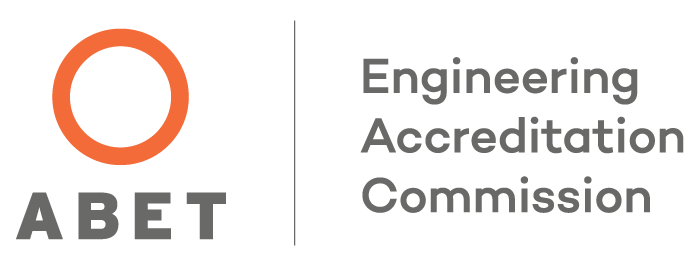Virginia Tech’s Kevin Wang earns NSF CAREER award
February 7, 2018
Kevin Wang, assistant professor in the Kevin T. Crofton Department of Aerospace and Ocean Engineering, has been awarded a National Science Foundation Faculty Early Career Development (CAREER) award to study the science of cavitation and its use for high-precision material modification.
With the $526,930 CAREER grant, Wang will study the two-way interaction of cavitation bubbles with hard and soft solid materials, including the resulting microscopic material damage and macroscopic fracture.
Cavitation describes the formation, growth, and rapid collapse of bubbles in a liquid when exposed to pressure variations. Although many people are unfamiliar with the term, cavitation influences everyone. Focused energy pulses cause significant damages and wear to marine propellers, pumps, and many other engineering devices.
When carefully controlled, cavitation can be applied to clean barnacles from marine structures, clean lenses and jewelry, homogenize a liquid compound or create stable emulsion, and even increase the permeability of human tissue or cell membrane for targeted drug and gene delivery.
Previous research on cavitation has primarily focused on the fluid dynamics without considering how the material responds, as it can develop pits, cracks, and holes after multiple cycles of bubble collapse.
Through his research, Wang hopes to advance the knowledge base of cavitation fluid dynamics by delving into a new direction in fluid-material interaction and to apply the new knowledge and research tools toward various engineering and health-related applications. These applications require delicate control of the location, extent, and intensity of cavitation, as the boundary between meritorious effects and deleterious effects is often very narrow.
Part of Wang’s project will be to teach a new graduate course on cavitation to a multidisciplinary audience. An additional educational and outreach component of the project will impact the education of K-12 schoolchildren in Central and Western Virginia, through collaboration with the Center for the Enhancement of Engineering Diversity at Virginia Tech and the Science Museum of Western Virginia in Roanoke, Virginia.




